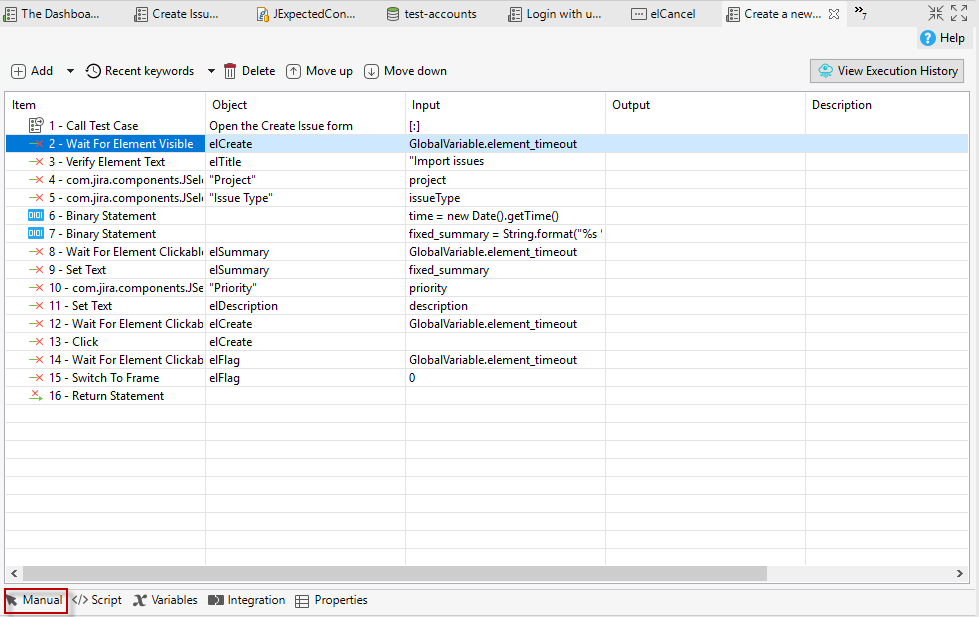

- #Add katalon studio to path how to#
- #Add katalon studio to path install#
- #Add katalon studio to path drivers#
- #Add katalon studio to path update#
#Add katalon studio to path install#
Unlike Web application testing, to test a mobile app, you need to install Node.js and Appium in addition to Katalon Studio. This tutorial assumes that you are familiar with general principles of automated testing and have some experience with Katalon Studio IDE.
#Add katalon studio to path how to#
This tutorial explains how to setup a mobile automation project and test a mobile app using Katalon Studio on Windows. Using Katalon Studio, a mobile tester can design automation tests for both Android and iOS apps on physical devices, cloud services, or emulators. If you now go back to your BrowserStack automation dashboard page, you should see your test session available, as before, but with the updated data attached to it:ĪccessKey = "YOUR-ACCESS-KEY" let driver = new webdriver.
#Add katalon studio to path update#
These are fairly intuitive - once the test completes, we send an API call to BrowserStack to update the test with a passed or failed status, and a reason for the result. build ( ) searchTest (driver_fx ) searchTest (driver_chr ) function searchTest ( driver ) ) build ( ) let driver_chr = new webdriver.
#Add katalon studio to path drivers#
For example, if we were using a macOS machine, our user name was bob, and we put our drivers in the root of our home folder, the path would be /Users/bob.Ĭonst webdriver = require ( 'selenium-webdriver' ) , This should be an absolute path from the root of your hard disk, to the directory containing the drivers. Add the chromedriver and geckodriver driver's location to your system PATH variable.Unpack them into somewhere fairly easy to navigate to, like the root of your home user directory.Download the latest GeckoDriver (for Firefox) and ChromeDriver drivers.You can find details of where to get them from on the selenium-webdriver page (see the table in the first section.) Obviously, some of the browsers are OS-specific, but we're going to stick with Firefox and Chrome, as they are available across all the main OSes. Next, you need to download the relevant drivers to allow WebDriver to control the browsers you want to test. You should make sure that everything is up-to-date. Note: It is still a good idea to follow these steps even if you previously installed selenium-webdriver and downloaded the browser drivers. We will cover writing and running Selenium tests using Node.js, as it is quick and easy to get started, and a more familiar environment for front end devs. See Platforms Supported by Selenium for more information on where to get browser drivers from, etc.

See Setting Up a Selenium-WebDriver Project for more details of Selenium setups for different languages.ĭifferent browsers require different drivers to allow WebDriver to communicate with and control them. Most popular environments have available a package or framework that will install WebDriver and the bindings required to communicate with WebDriver using this language, for example, Java, C#, Ruby, Python, JavaScript (Node), etc. How you install and use WebDriver depends on what programming environment you want to use to write and run your tests. This is ideal for running automated tests.

There are other ways, but the best way to use Selenium is via WebDriver, a powerful API that builds on top of Selenium and makes calls to a browser to automate it, carrying out actions such as "open this web page", "move over this element on the page", "click this link", "see whether the link opens this URL", etc. Selenium is the most popular browser automation tool.


 0 kommentar(er)
0 kommentar(er)
